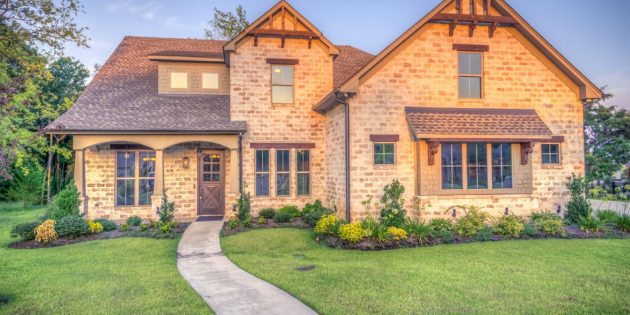What is Replacement Cost? It can be defined as the actual cost to replace an item or structure to its pre-loss condition.
With the majority of Comprehensive Homeowner’s policies, Insurance Companies offer what is called “Guaranteed Replacement Cost” on the dwelling. Guaranteed Replacement Cost, or GRC, means that the Insurer will cover the cost of repairs or replacement, on the same site, even if the cost of repairs or replacement is more than the principal dwelling replacement cost shown on the coverage summary page of the policy. However, in order for GRC to apply, there are several conditions which must be met, including:
– the principal dwelling replacement cost amount must not be less than 100% of the cost to replace the dwelling, as calculated by an acceptable valuation guide
– the principal dwelling replacement cost amount has not been reduced below the cost calculated by the valuation guide
– the Insurer is notified within a specific amount of time (normally 90 days) of the start of any work, improvements, extensions or additions that have been made to the dwelling that increase the replacement cost value by more than a specific amount (normally around $10,000)
The Replacement Cost value on a dwelling is different from the market value, purchase price, or even property assessment value calculated by the City or County. These values all take into account the value of land as well as the home, and can vary greatly.
In order to determine what the Replacement Cost amount for a dwelling is, approved valuation guides are used which assist us in determining the cost to rebuild or replace the dwelling. In the past, these valuation guides were quite cumbersome and required a large amount of information, including details on the types of flooring, size of decks and balconies, interior wall heights, and more. With the advancement of technology, the valuation guides have been greatly simplified (though complex programming behind the scenes!). The valuation guide that we currently utilize pre-populates information on the dwelling based on the physical address, which we then verify, and the Replacement Cost amount is calculated based on this information and the values of the surrounding homes in the area. The information that is collected includes:
– year built
– square footage
– building type (detached, duplex, townhouse, etc.)
– roof type (asphalt, clay tiles, wood shingles, etc.)
– foundation type (basement, crawl space, slab, etc.)
– exterior walls (vinyl, stucco, brick, etc.)
– stories (1, 2, bi-level, tri-level, etc.)
– number of bathrooms
– number of kitchens
– if the basement is finished or un-finished
– number of attached structures (1, 2, or 3 car garage)
– if there is a pool
The valuation guide calculates a cost per square foot for the dwelling, and a total Replacement Cost amount that is then used by the Insurance Company for the purpose of determining the premium charged (including discounts and other coverage available).
A Replacement Cost calculation is required by most Insurance Companies for any new Homeowner’s policy, as well as when an additional property is added or substituted. In addition, in order to ensure that the dwelling is adequately insured, an updated Replacement Cost calculation is normally requested every three to four years.
We hope that you have found this information helpful. If you have any questions regarding this information, or if you would like to do a review of the Replacement Cost value on your home, please do not hesitate to contact our Office!
Thank you,
The Costen Insurance Team




